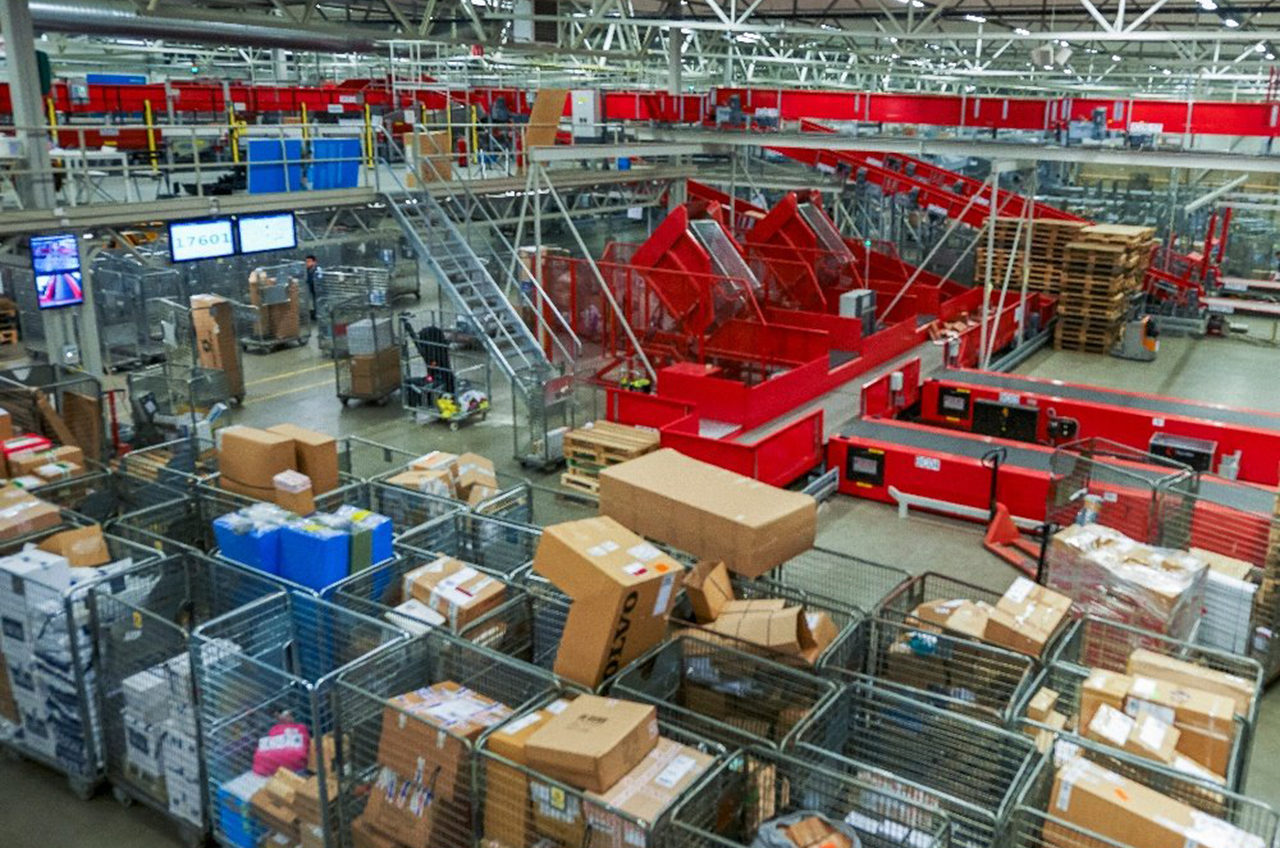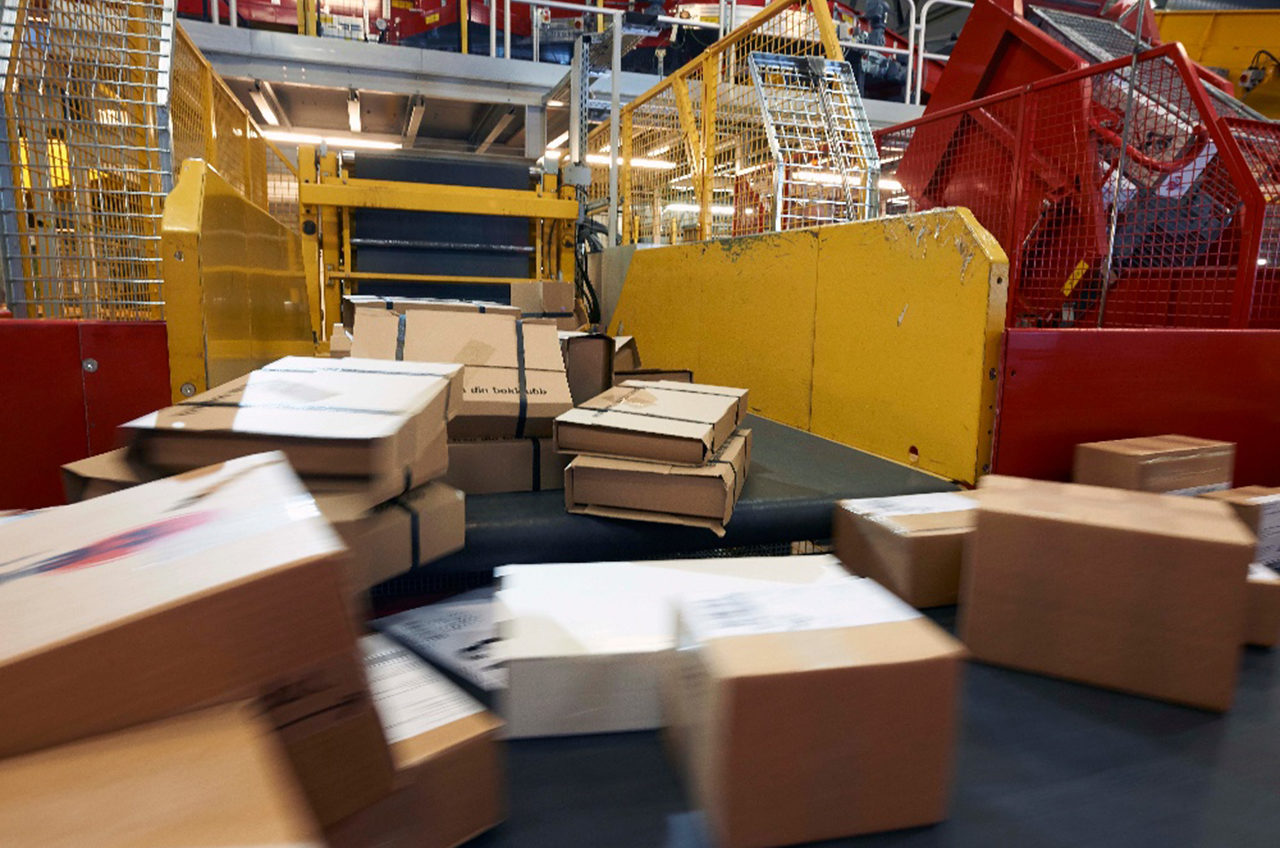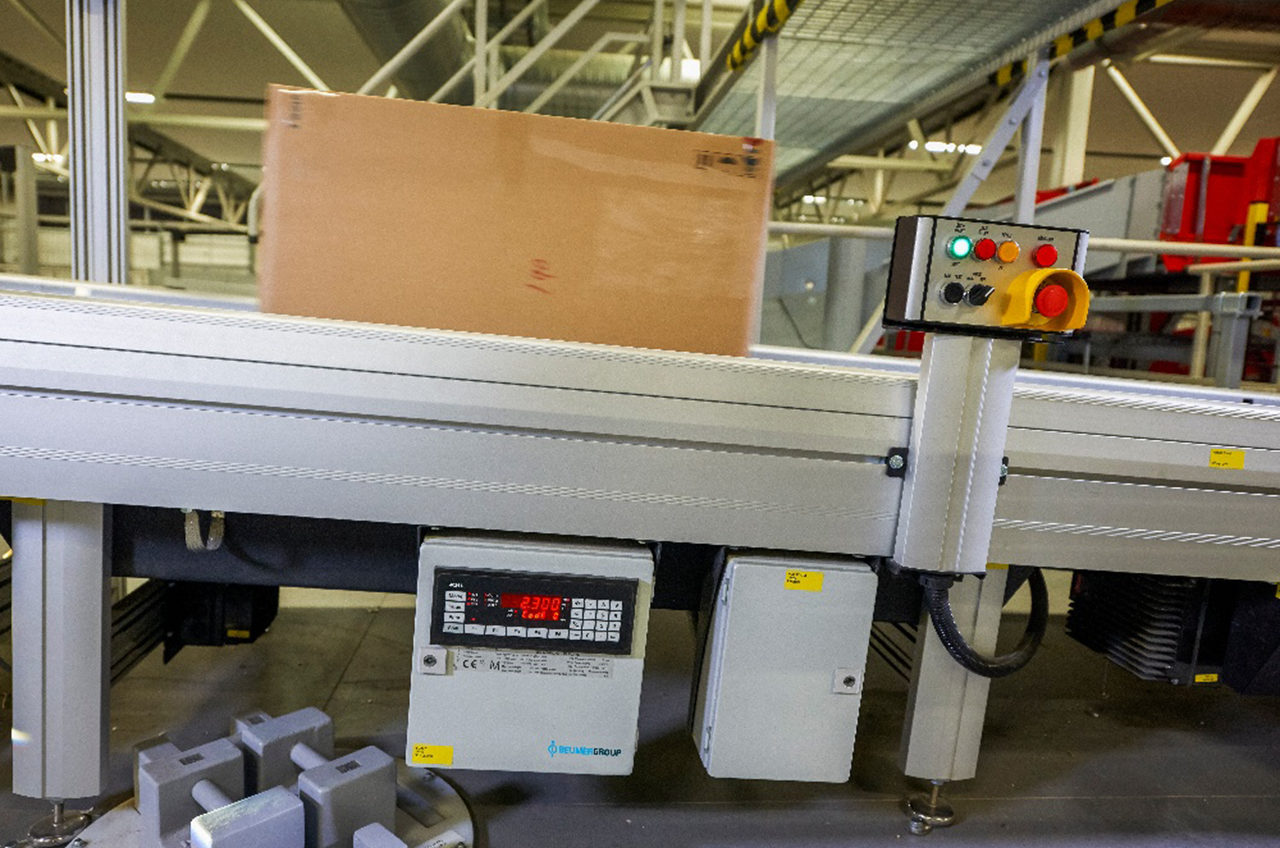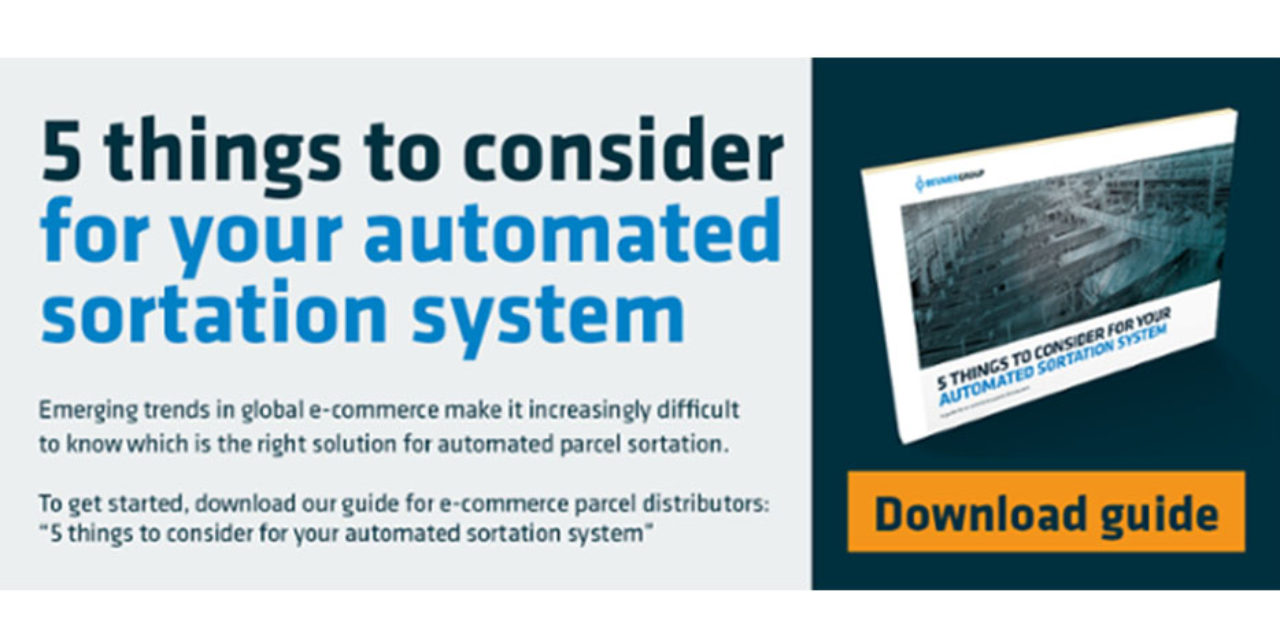How to design sortation based on parcel mix
It’s enticing to imagine a single automated sortation system that can handle every item and varying parcel mixes. And while it’s possible to design such a system, the more common options, in practice, are for distributors to either go for a single system that can sort the majority of the projected parcels, or a combination of two systems handling different parcel profiles. In any case, the objective is to keep the workload of manual handling to a minimum.
With a two-system setup, you can achieve nearly 100 percent automated sortation. However, having separate systems for e.g. small and large parcels, respectively, requires a certain volume of both types to justify the investment.
Read more: “Small parcels or large letters? How distribution centres can handle rest mail”.
As we’ve established, it’s very difficult to predict parcel volumes with certainty and as a result, distributors often operate with different possible scenarios and opt to have their core sortation system designed to have built-in flexibility and responsiveness. This way, the sortation system can operate with different scenarios with the possibility of expanding and contracting certain designs to accommodate market changes.
Read more: “How to prepare your distribution centre for e-commerce peak seasons”.
In case your parcel split doesn’t justify a two-system setup, you will need to design your distribution system based on a single-system setup that can handle a wide range of parcels.
Read more: “How to improve work environment at distribution centres with ergonomic design”.
From a technical perspective, though, single-system sortation for multiple parcel types poses a challenge. For example, if a system needs to be able to handle maximum parcels with a size of 120 x 80 x 60 cm and a weight of 35 kg as well as minimum parcels that are flat, 10 x 10 cm in size and weigh just 50 gm, then it will be close to operating at the limits of what’s physically possible.
Specifying the features of an automated system for future sortation is one of the reasons why it’s so important to have accurate parcel statistics, whether by using legal for trade software, consulting customer agreements, cross-checking data or a combination of the three. Using inaccurate data can result in an automated handling system with either excess or insufficient capacity.
“Using inaccurate data can result in an automated handling system with either excess or insufficient capacity.”
For example, if you think you need a system that can handle parcel lengths up to 120 cm, but it turns out that there’s never been a parcel larger than 100 cm at your distribution centre, then you might have to reconsider your system requirements.
Get the full overview: Read our guide to e-commerce logistics for parcel distributors.


















